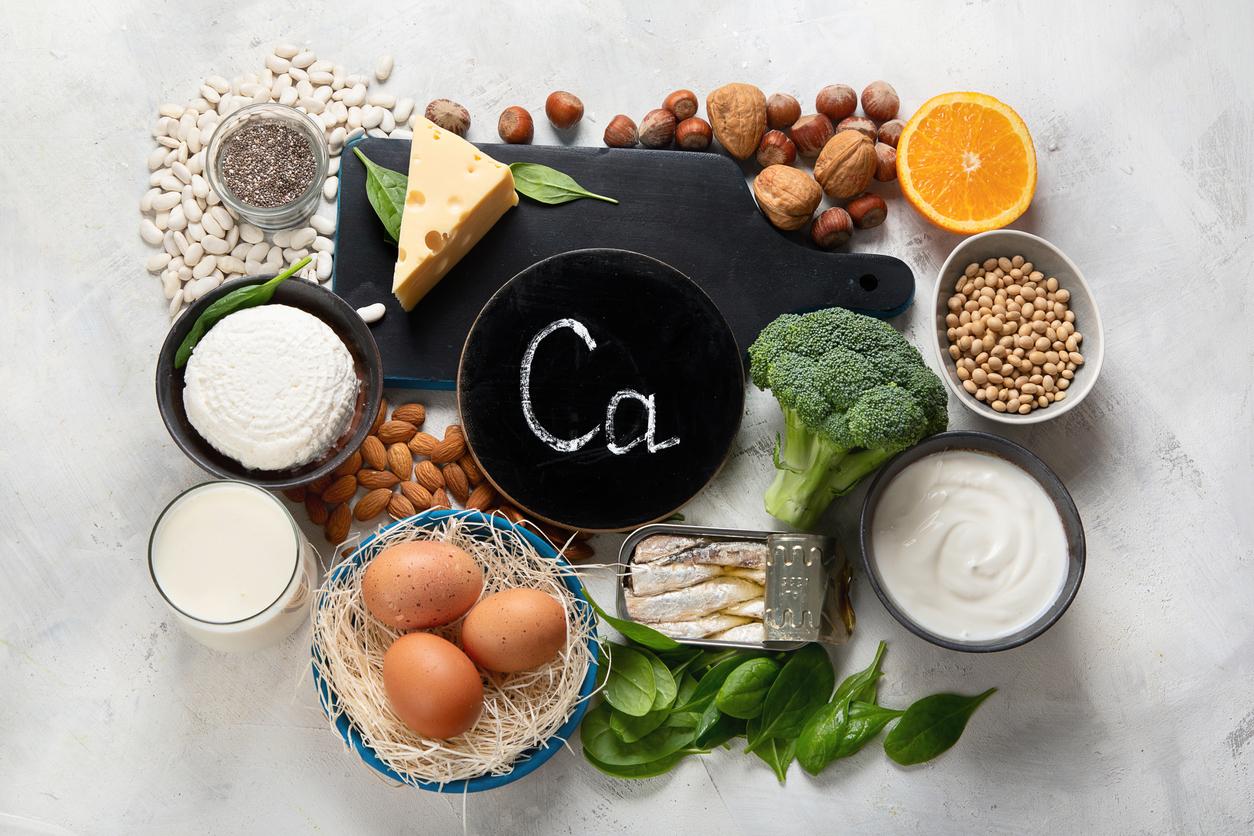Scientists have discovered that more than 3,600 chemicals in the human body come from exposure to food packaging or cooking utensils.

- 25% of the 14,000 chemicals that come into contact with food are present in humans, according to a new study.
- This means that 3,601 chemicals in the human body come from exposure to food packaging or kitchen utensils.
- The authors denounce the use of dangerous chemical substances by the agri-food industry.
In the human body, there are exactly 3,601 chemical substances linked to exposure to food packaging or kitchen utensils, according to a new study published this Tuesday, September 17 in the journal Journal of Exposure Science and Environmental Epidemiology.
25% of chemicals present in humans
“[Cette étude] highlights chemicals that have so far been overlooked in biomonitoring studies”explains Dr. Birgit Geueke, one of the authors of the study, in a press release.
To arrive at this number, scientists from Food Packaging Forumin Switzerland, of Swiss Federal Institute of Aquatic Science and Technology and of theInstitute of Environmental Health Science at Wayne Universityin the United States, compared more than 14,000 chemicals that come into contact with foodstuffs (FCC for Food contact chemicals). These were already known since they came from previous human biomonitoring studies.
Results: About 25% of these 14,000 FCCs, or 3,601, were present in humans. Thus, among the chemical substances found in various biological samples (such as urine or blood), some could be dangerous to health. There were, for example, eternal pollutants, phthalates, bisphenols, pesticides, heavy metals, etc.
Improving the safety of food packaging
“This work highlights that food contact materials are not completely safe, even if they comply with regulations, because they transfer known hazardous chemicals, says Dr. Jane Muncke, co-author of the study. We would like to see this new database used to improve the safety of food contact materials, both in terms of regulation, but also for the development of safer alternatives.”
Another element that worries researchers is the lack of data on the health impacts of certain substances in food packaging.Our study shows that antioxidants, despite their high production volumes and widespread use in plastics, are largely absent from monitoring programs.”underlines Dr. Ksenia Groh, another author of this study.
The authors therefore stress the importance of conducting studies on the chemical substances present in food packaging and kitchen utensils, with the aim of protecting the population.

















